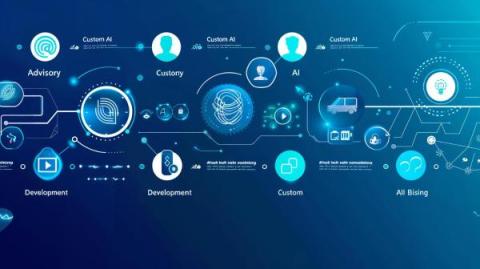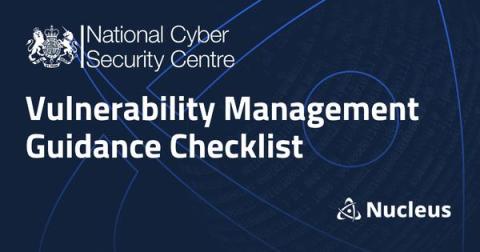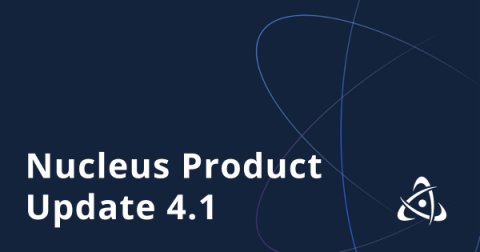Secure your code and protect your data flows with Riscosity and Semgrep
Semgrep is a leading static application security testing (SAST) tool powered by an open-source community for surfacing bugs, discovering vulnerabilities, and enforcing code standards. Semgrep has scanned over 75 million packages, contributed to 2000 community rules, and supports over 30 coding languages. Riscosity is the leading data flow observability and security platform. This is why we’re excited to announce Ricosity’s new integration with Semgrep.







































